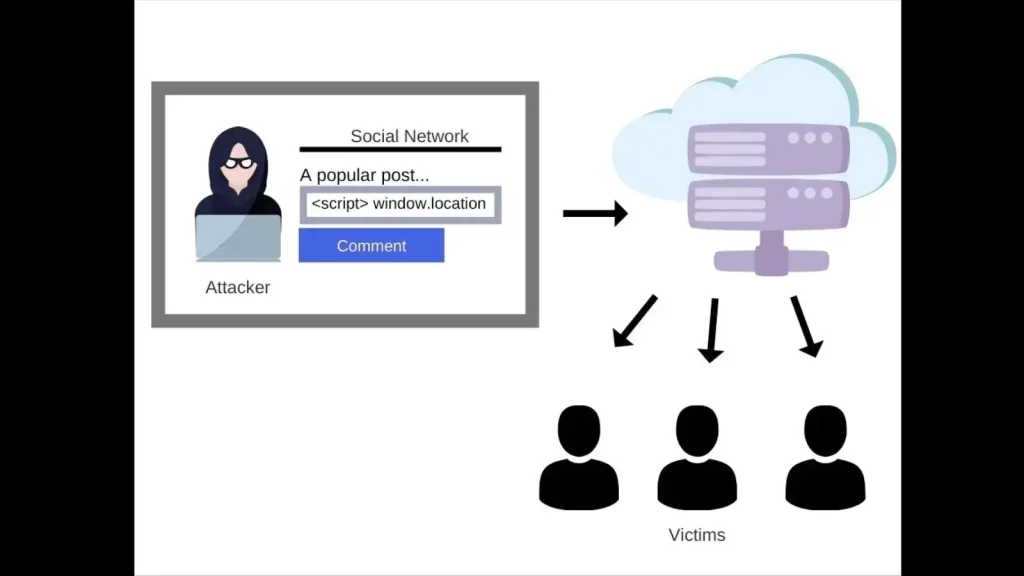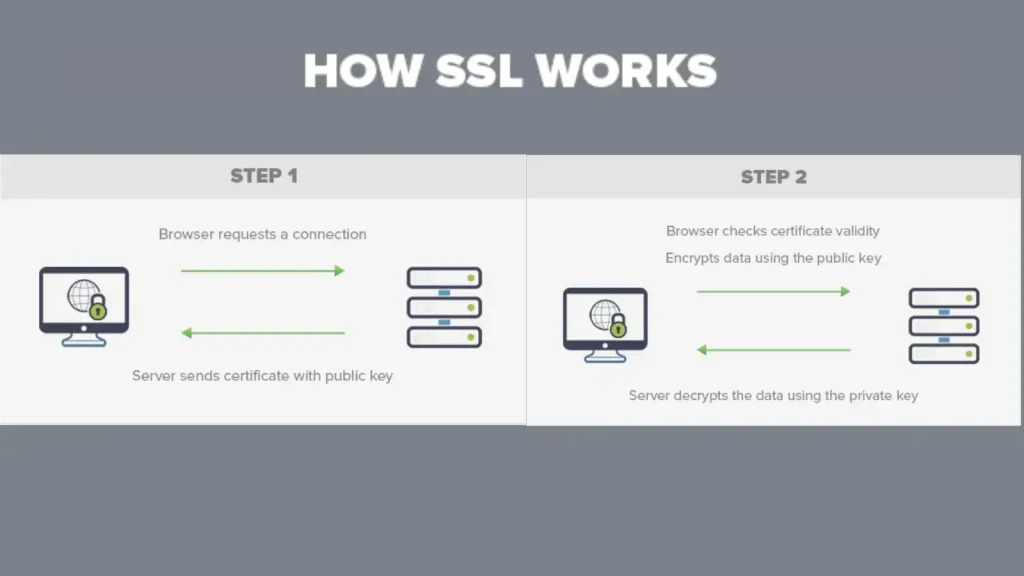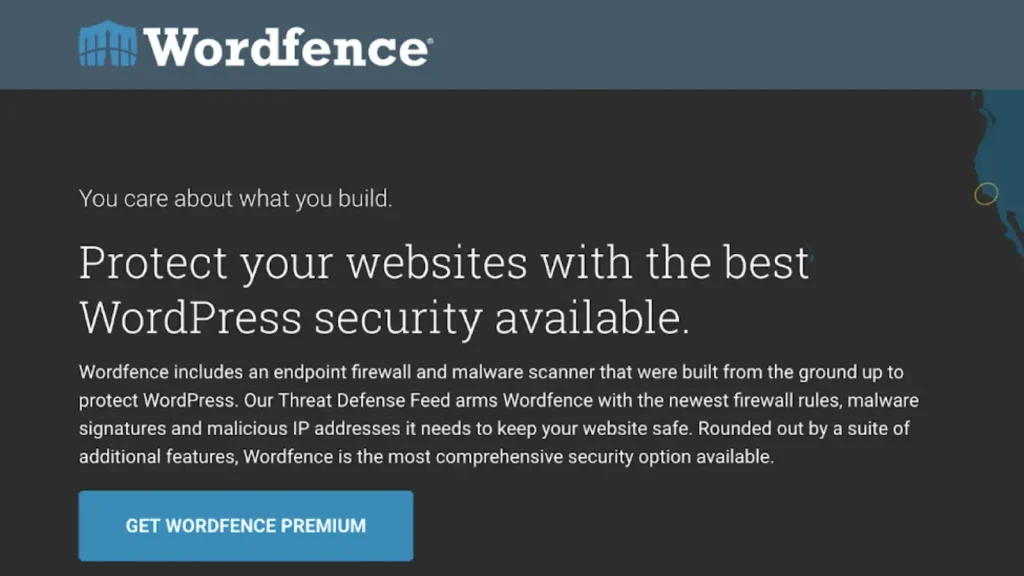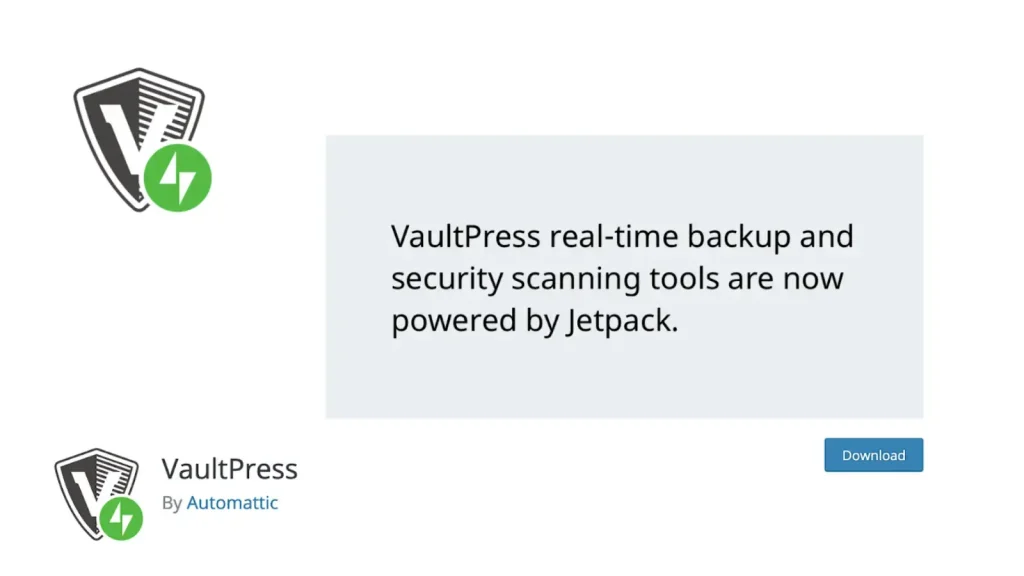Not just for the purpose of your business, but also for the sake of the individuals who use your website, it is your responsibility as the owner of a WordPress website to ensure that WordPress security.
It is necessary to apply WordPress security in order to safeguard your website from any potential vulnerabilities or dangers.
During the course of this post, we will investigate a few of the most cutting-edge wordpress security solutions that are readily accessible for your WordPress website.
Table of Contents
FAQ
SQL Injection
Cross-Site Scripting (XSS)
Secure Socket Layers (SSL/HTTPS)
Wordfence Security
VaultPress
Conclusion
FAQ
1. What are good ways to make WordPress more secure?
WordPress security requires proactive steps and best practices. First, update WordPress core, themes, and plugins to fix vulnerabilities. Use strong, unique passwords and two-factor authentication for admin accounts to prevent illegal access.
Protect your site from harmful traffic and attacks using a web application firewall (WAF). Backup your website’s data and files regularly and securely off-site.
Limit login attempts to prevent brute force assaults, block directory listing to protect files, and monitor user activity for suspicious behavior.
Finally, choose a trusted hosting company with strong wordpress security features and stay current on security risks and best practices to secure your WordPress site.
2. What security does WordPress use?
WordPress uses numerous security measures to prevent cyberattacks. Software updates to fix vulnerabilities, password strength enforcement and two-factor authentication, user role and permission management to regulate access, security headers to prevent online attacks, and brute force protection to limit login attempts are examples.
WordPress suggests firewall, virus, and file integrity plugins. WordPress users report security issues rapidly, and developers follow secure code best practices.
Website owners must stay current on best practices, update WordPress and plugins, and take additional security measures to combat evolving threats.
3. How do I protect my WordPress login?
WordPress logins must be secure to prevent unauthorized access. Strong, unique passwords and 2FA add security.
Limit login attempts and modify the default login page URL to confound brute-force attackers. Track logins and use a strong, unique username.
IP whitelisting restricts logins to trusted IPs. WordPress, themes, and plugins must be updated and hosted securely.
Web application firewalls (WAFs) filter dangerous traffic and prevent web attacks. These steps secure WordPress logins and websites.
Best Security Measures for WordPress Security
SQL Injection

Data is one of the most valuable prizes attackers can steal from a website. WordPress sites have, one way or another, some sort of database.
A lot of websites even store sensitive user data. Attackers try to extract such information by exploiting input fields in your website.
If the website’s forms aren’t coded safely, the attacker may “inject” SQL commands into input fields on the website like an email form. This SQL command may query all of the site’s users along with their usernames and passwords.
Aside from being used to steal data, SQL injection attacks can be used to take over a website. The scripts that the attacker injects can give administrative access to the hacker. They can then lock access privileges to the real administrator.
Cross-Site Scripting (XSS)

XSS attackers take advantage of user forms that process unsanitized inputs by the user. This means any user can inject code into the input field.
This code then does what SQL injection codes do—steal user data or provide hackers administrative access.
But in this case, the machine being attacked isn’t the website’s servers but the user’s computer. The attacker can gain access to the user’s device, thereby compromising it.
Here are three key points to understand about XSS
Vulnerability Type: XSS happens when attackers insert malicious JavaScript into websites. Attackers can inject code into other browsers using unvalidated and sanitized user inputs.
Impact: XSS attacks steal cookies, deface websites, and spread malware. Data theft or impersonation via XSS can compromise user accounts.
Prevention and Mitigation: Web developers should validate input and encrypt output to avoid XSS. CSP sanitizes user input, escapes HTML, and blocks untrusted scripts. Regular code reviews and security audits discover and fix XSS. WAFs inhibit harmful web app scripts.
Secure Socket Layers (SSL/HTTPS)

Traffic to and from your website needs to be completely secure from eavesdroppers. Let’s say your users log on to your site.
They put in their username/email and password and hit “log In”. Their browser is going to send this information over to your site’s servers.
To safeguard this information, it has to be encrypted so that it becomes useless for hackers to steal.
Using Secure Sockets Layer (SSL) is one of the most common ways we encrypt internet traffic. Your website address should now have the “https” protocol instead of “http”. With this protocol, your server will issue a certificate to any user’s browser.
This certificate will contain a public key that your site will use to encrypt any message it sends over the internet. The server will decrypt this message using the same key.
Wordfence Security

Wordfence is an endpoint firewall WordPress security plugin. Alongside your site’s servers and filters, it sifts through traffic that goes through it.
It does this using its database of collected malicious IPs and firewall rules.
Many people use Wordfence Security, a famous WordPress plugin that is very important for making WordPress sites safer.
This plugin comes with a lot of features and tools that are meant to keep websites safe from malware, brute force attacks, and other bad things that happen online.
The strong blocker in Wordfence is one of its best features. It helps stop harmful traffic from getting to your website in the first place.
It uses a web application firewall (WAF) to block unwanted requests and traffic patterns, which protects your site from common security holes.
VaultPress

A ransomware attack is only as good as the victim’s inability to back up their site and data. With the VaultPress plugin, any WordPress website owner can rest assured that they’ll always have backup and are protected against outages and attacks.
This plugin is not only good for backing things up. It also monitors website activity and informs you of any suspicious ones.
Outside of security, this capability also provides you with statistics that can help you improve your site (such as most visited pages, most popular hours each page is visited, and so on).
Conclusion
Owning a website entails much responsibility in terms of security. Your users trust that using your site won’t compromise their information.
Also, you don’t want your competitive advantage to be stolen by attackers.
While it may seem like a lot of burdens, the solutions listed above (and a lot more if you search) will help you with this tall order.
Finally, in 2024, WordPress security needs to be smart and multi-layered. By being careful, following best practices, and taking these security steps, you can make sure that your WordPress site is always safe and greatly lower the risk of security breaches.
Always keep in mind that security is an ongoing process. To keep your online presence safe, you need to know about new threats and keep your security methods up to date.



.png
)
